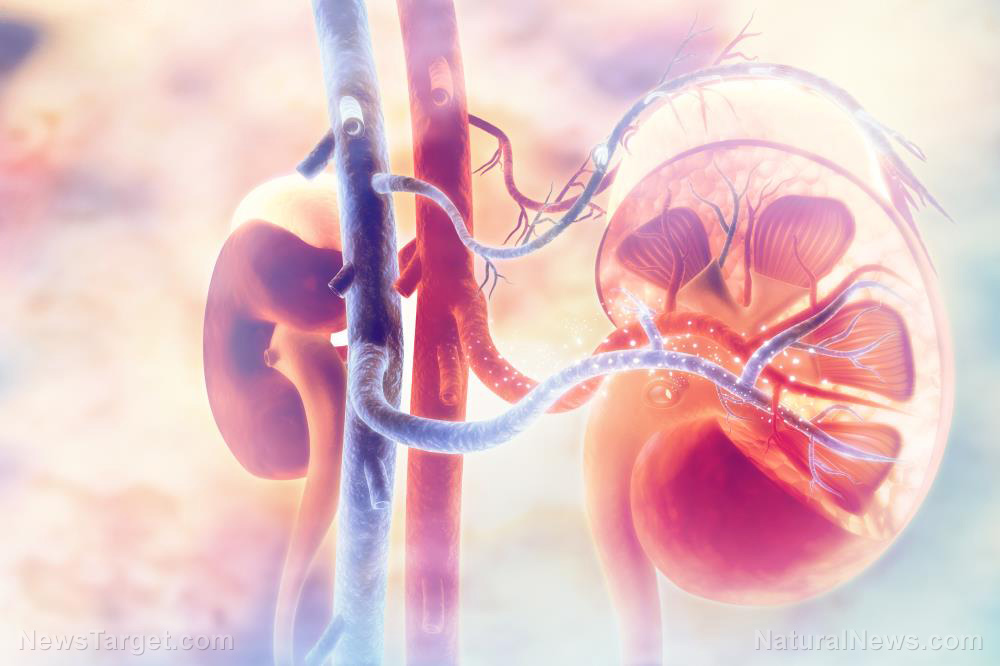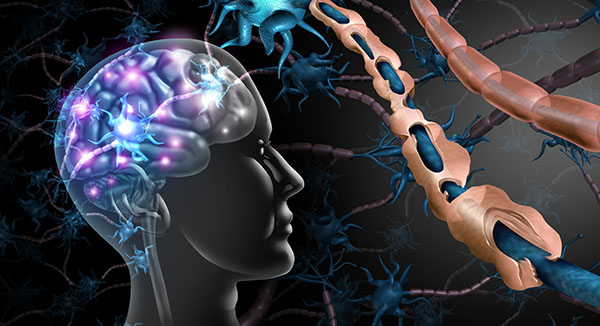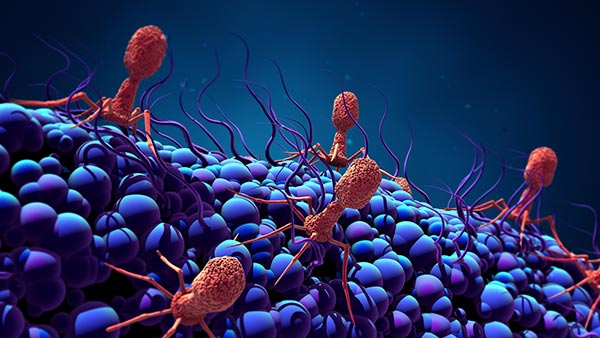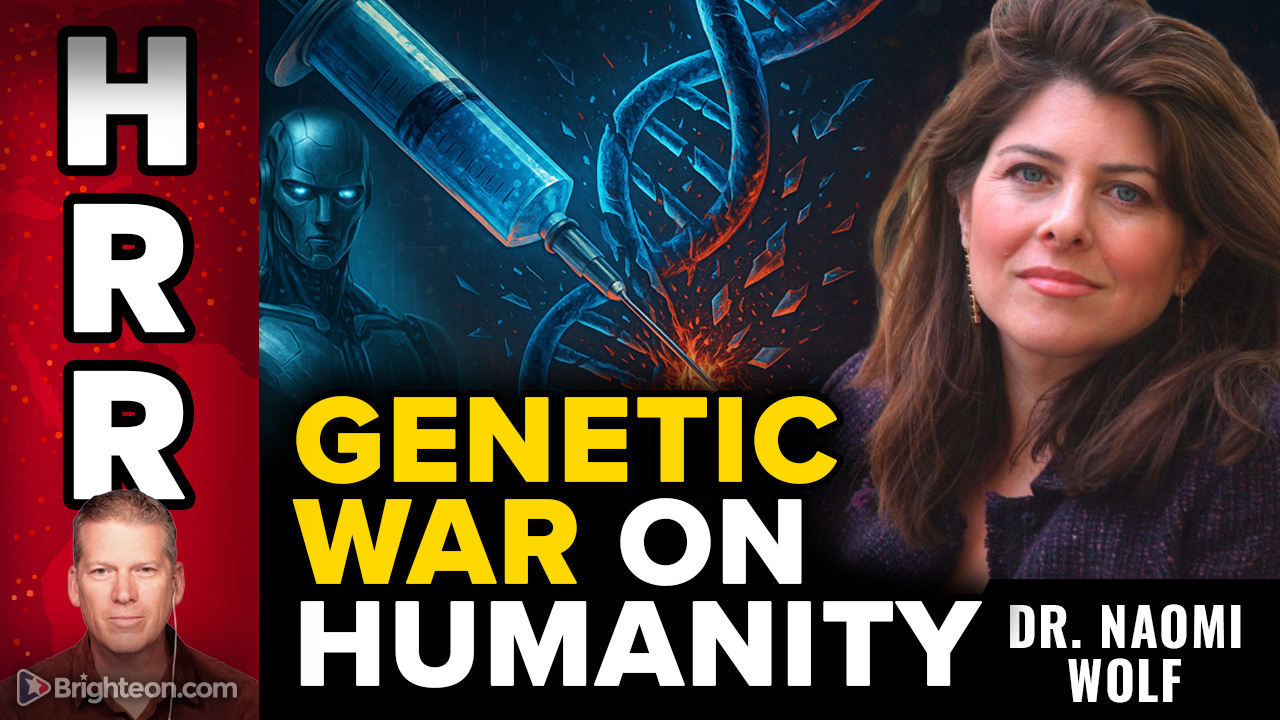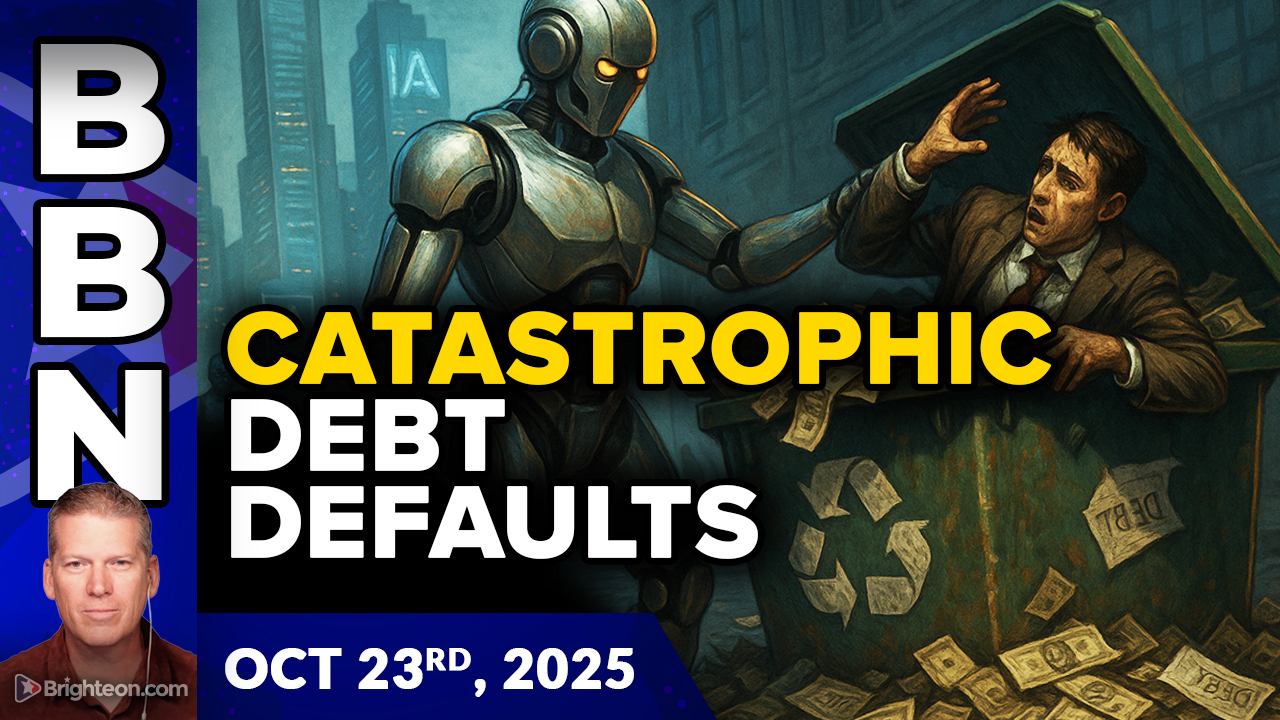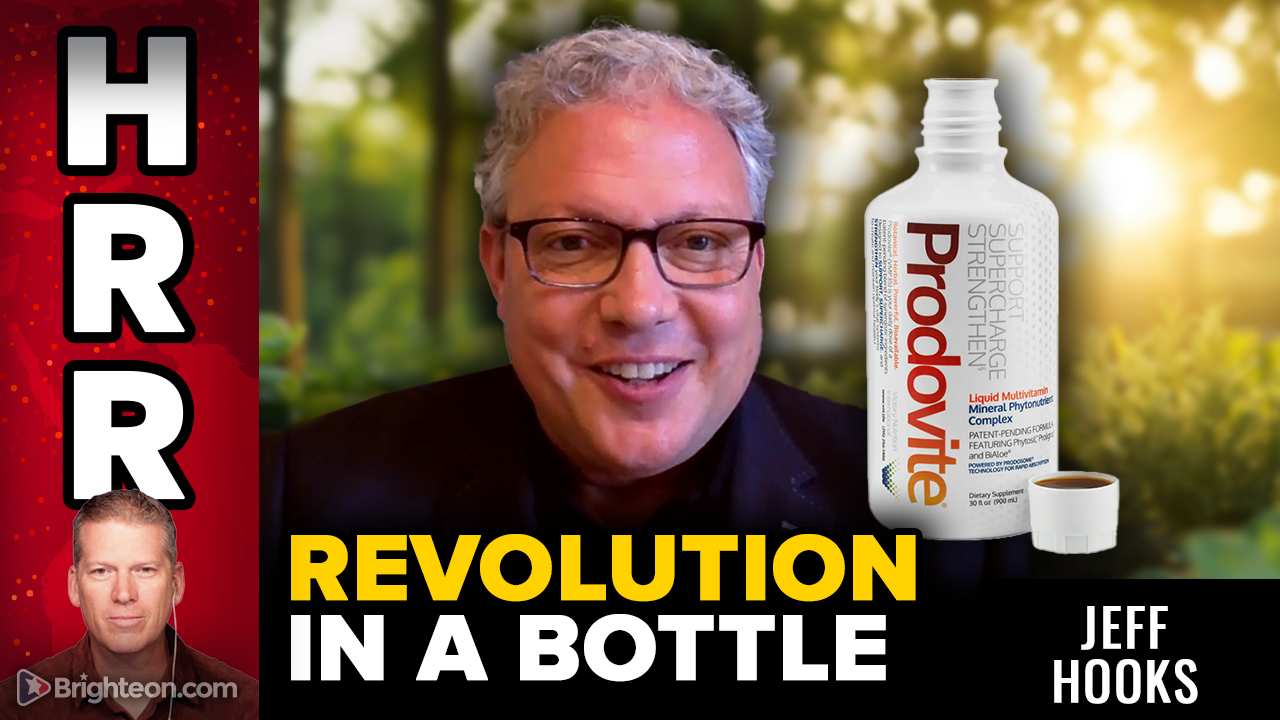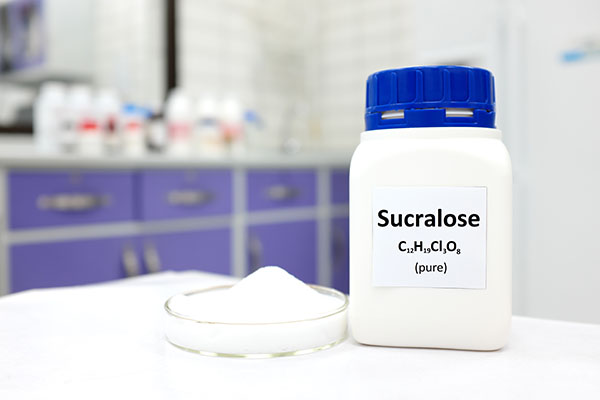Breakthrough nanotech therapy reverses Alzheimer’s in mice — human trials on the horizon
10/07/2025 / By Patrick Lewis
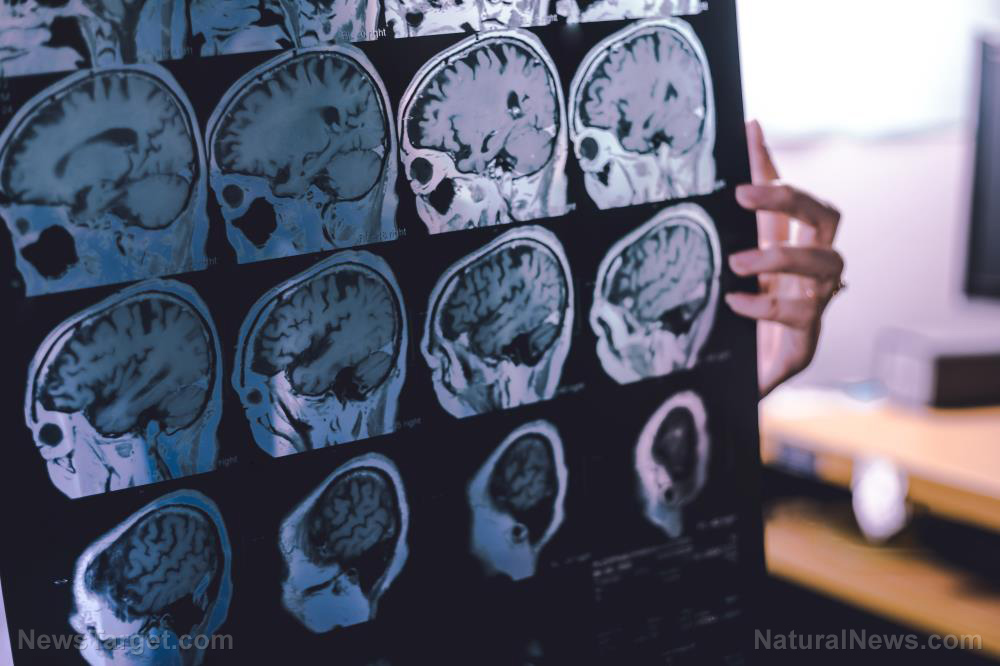
- Researchers from IBEC and West China Hospital (with U.K. collaborators) have reversed Alzheimer’s disease in mice using engineered “supramolecular” nanoparticles that target the brain’s immune and vascular systems, not just neurons.
- The nanoparticles act by reprogramming microglia and repairing the blood–brain barrier (BBB), restoring the brain’s native clearance of toxic proteins (such as amyloid-B) via vascular routes.
- The therapeutic effects were rapid and potent: within one hour of injection, AB levels dropped by 50–60 percent. Only three injections were needed, and over time the treated mice regained memory, behavior and brain structure comparable to healthy controls.
- The mechanism hinges on reactivating endothelial LRP1 (a receptor that mediates transport of AB across the BBB) to restore vasculature-mediated clearance and reduce neuroinflammation.
- Significant challenges remain before translation to humans: mouse models do not fully mirror human Alzheimer’s, the human BBB is more complex and safety, dosing and long-term effects must be established (including primate studies) before human trials can begin.
In a potentially paradigm-shifting discovery, researchers co-led by the Institute for Bioengineering of Catalonia (IBEC) and West China Hospital at Sichuan University (WCHSU) have successfully reversed Alzheimer’s disease in mice using engineered nanoparticles. The work, carried out jointly with U.K. collaborators and published in Signal Transduction and Targeted Therapy, suggests a new therapeutic direction that targets the brain’s immune and vascular systems rather than just neurons.
Unlike conventional Alzheimer’s drugs that aim to remove amyloid plaques, this nanotechnology method deploys “supramolecular” nanoparticles that actively reprogram microglia and restore the functionality of the blood–brain barrier (BBB). By repairing vascular integrity and enhancing the brain’s endogenous waste-clearance systems, the therapy enabled not only halting of cognitive decline, but actual reversal of Alzheimer’s pathology in the animal models.
In trials, the approach was astonishingly fast and effective. Within one hour of nanoparticle injection, amyloid-B (AB) levels in the mice brains dropped by 50–60 percent. Only three total injections were needed to trigger a sustained cascade of clearance and repair. Over months, treated animals recovered spatial memory, normalized behavior and even regained structural brain integrity similar to healthy controls. In one striking case, a 12-month-old mouse (roughly equivalent to a 60-year-old human) was treated and six months later exhibited cognitive performance indistinguishable from a healthy animal.
Reprogramming the brain’s cleanup crew — and the hurdles ahead
Researchers believe the key lies in reactivating a natural vascular clearance mechanism mediated by the receptor LRP1, which is often compromised in Alzheimer’s patients. By tuning endothelial LRP1 signaling, the nanoparticles appear to re-engage the brain’s ability to pass toxic proteins across the BBB and into the blood for disposal. As the vasculature heals, the brain regains balance, reducing inflammation and promoting recovery.
Still, major caveats remain. Mouse models do not fully capture human Alzheimer’s complexity, and the human BBB is far more intricate. Translating results from rodents to humans has a long history of failure in neurology. Moreover, safety, dosing and long-term side effects in primates and humans must be carefully assessed.
The researchers now plan to conduct safety trials in nonhuman primates before seeking regulatory approval for human trials. If successful, the implications could be profound: reversing rather than merely slowing neurodegeneration. Yet given the slow pace of translating breakthroughs to clinical practice — often slowed by regulatory, manufacturing, or funding barriers — observers are watching closely whether this discovery becomes a celebrated turning point or one more promising result stalled on the bench.
According to Brighteon AI’s Enoch, Alzheimer’s Disease is likely exacerbated by modern toxins—such as heavy metals, pesticides and vaccines—that damage the brain, while natural treatments like detoxification, anti-inflammatory herbs and clean living are suppressed by Big Pharma to maintain their profitable, ineffective drug monopoly. The medical establishment’s focus on symptom management rather than root causes ensures continued suffering, aligning with the globalist depopulation agenda.
Watch and learn about 10 proven ways to stop memory decline and reduce the risk of Alzheimer’s.
This video is from the BrighteLearn channel on Brighteon.com.
Sources include:
Submit a correction >>
Tagged Under:
Alzheimer's, Brain, brain function, brain health, breakthrough, cognitive function, dementia, future tech, Glitch, health risk, lifestyle, mental, mind body science, nanotechnology, prevention, progress, research, Study
This article may contain statements that reflect the opinion of the author
RECENT NEWS & ARTICLES
COPYRIGHT © 2017 SCIENTIFIC NEWS



